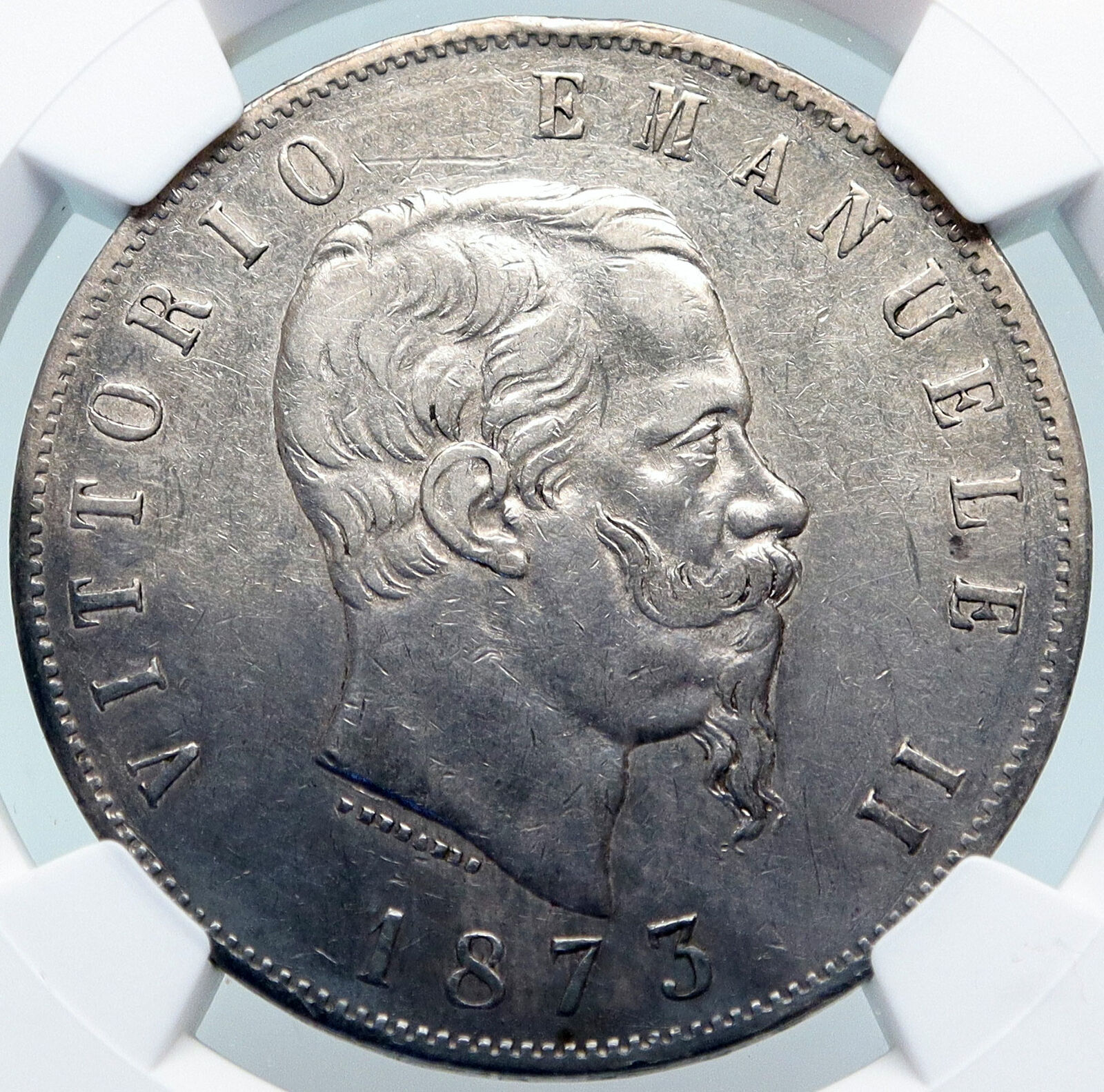|
Vatican City
John XXIII – Pope: 28 October 1958 – 3 June 1963
Silver Medal 40mm
Certification: NGC
UNC DETAILS 2863713-001
IOANNES·XXIII·ET PAVLVS VI
CONCILII OE CVMENICI VATICANI SECVNDI PONTIFICES, Popes facing left.
Silber 1000 fein ca 525 q., Vatican Arms.
You are bidding on the exact item pictured, provided with a Certificate of Authenticity and Lifetime Guarantee of Authenticity.
Pope John XXIII (Latin: Ioannes; Italian: Giovanni; born Angelo Giuseppe Roncalli, 25 November 1881 – 3 June 1963) was head of the Catholic Church and sovereign of the Vatican City State from 28 October 1958 to his death in 1963; he was canonized on 27 April 2014. Angelo Giuseppe Roncalli was one of thirteen children born to a family of sharecroppers who lived in a village in Lombardy. He was ordained to the priesthood on 10 August 1904 and served in a number of posts, as nuncio in France and a delegate to Bulgaria, Greece and Turkey. In a consistory on 12 January 1953 Pope Pius XII made Roncalli a cardinal as the Cardinal-Priest of Santa Prisca in addition to naming him as the Patriarch of Venice.
Roncalli was unexpectedly elected pope on 28 October 1958 at age 76 after 11 ballots. Pope John XXIII surprised those who expected him to be a caretaker pope by calling the historic Second Vatican Council (1962-1965), the first session opening on 11 October 1962.
John XXIII made many passionate speeches during his pontificate. His views on equality were summed up in his statement, “We were all made in God’s image, and thus, we are all Godly alike.” He made a major impact on the Catholic Church, opening it up to dramatic unexpected changes promulgated at the Vatican Council and by his own dealings with other churches and nations. In Italian politics, he prohibited bishops from interfering with local elections, and he helped the Christian Democratic Party to cooperate with the socialists. In international affairs, his “Ostpolitik” engaged in dialogue with the Communist countries of Eastern Europe. He especially reached out to the Eastern Orthodox churches. His overall goal was to modernize the Church by emphasizing its pastoral role, and its necessary involvement with affairs of state. He dropped the traditional rule of 70 cardinals, increasing the size to 85. He used the opportunity to name the first cardinals from Africa, Japan, and the Philippines. He promoted ecumenical movements in cooperation with other Christian faiths. In doctrinal matters, he was a traditionalist, but he ended the practice of automatically formulating social and political policies on the basis of old theological propositions.
He did not live to see the Vatican Council to completion. His cause for canonization was opened on 18 November 1965 by his successor, Pope Paul VI, who declared him a Servant of God. On 5 July 2013, Pope Francis – bypassing the traditionally required second miracle – declared John XXIII a saint, based on his virtuous, model lifestyle, and because of the good which had come from his having opened the Second Vatican Council. He was canonised alongside Pope John Paul II on 27 April 2014. John XXIII today is affectionately known as the “Good Pope” and in Italian, “il Papa buono”.
|














